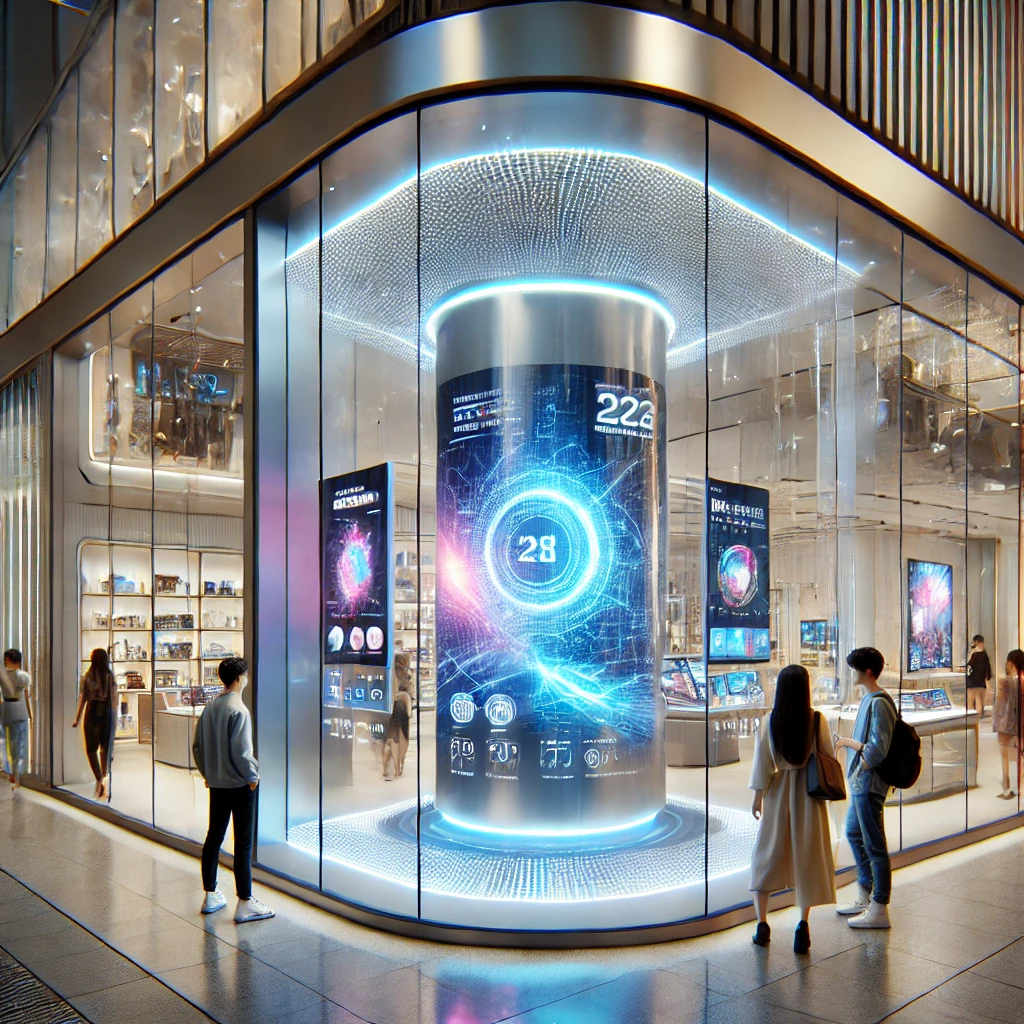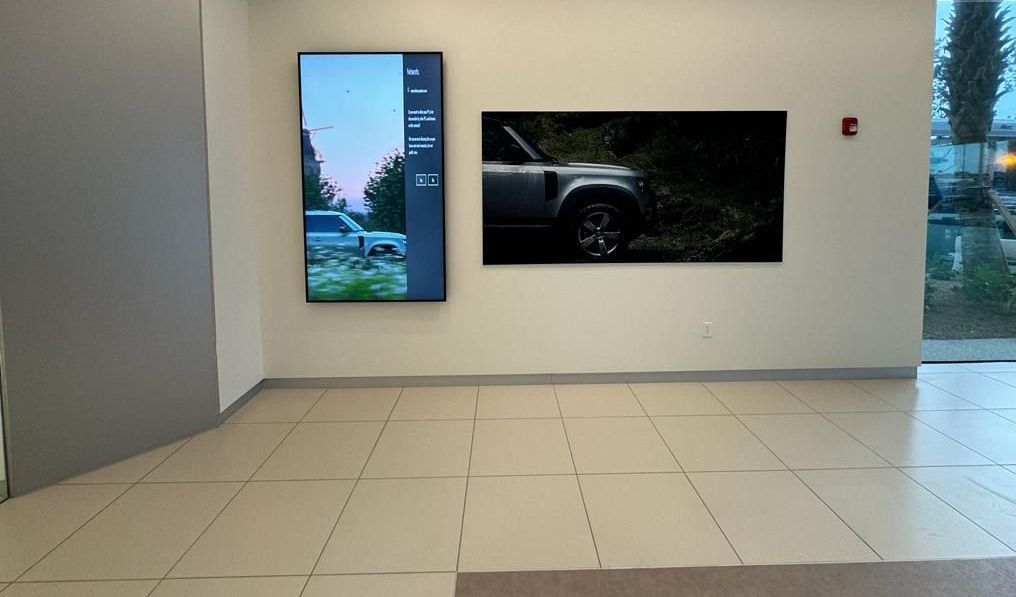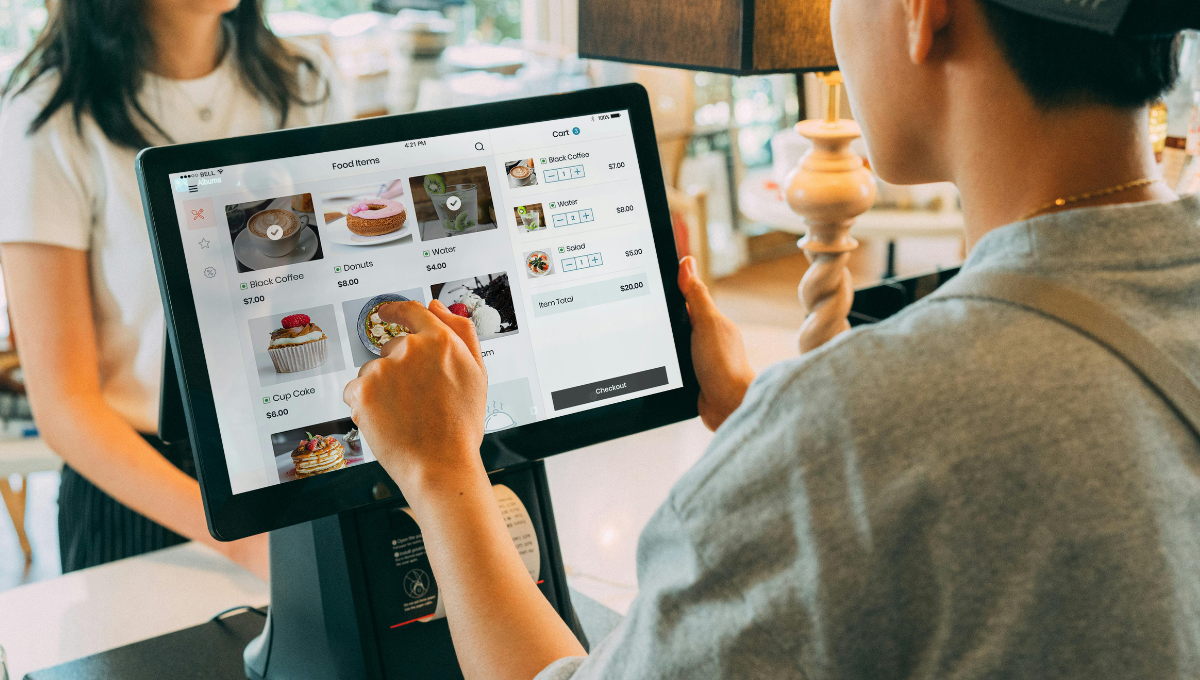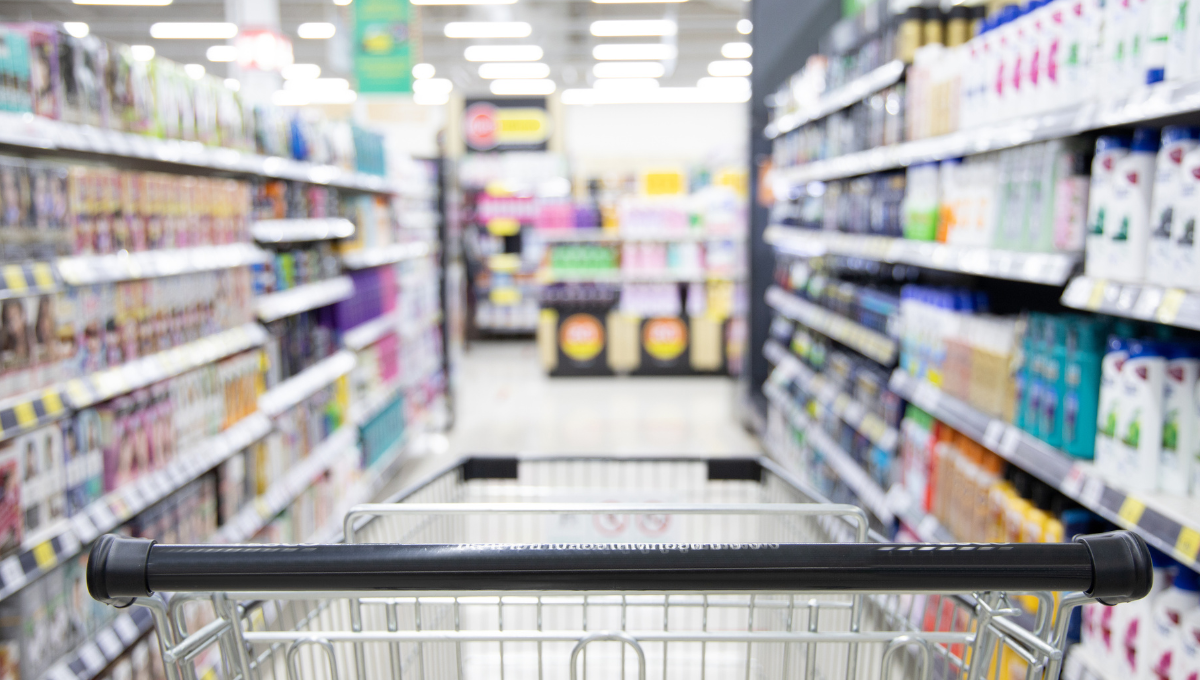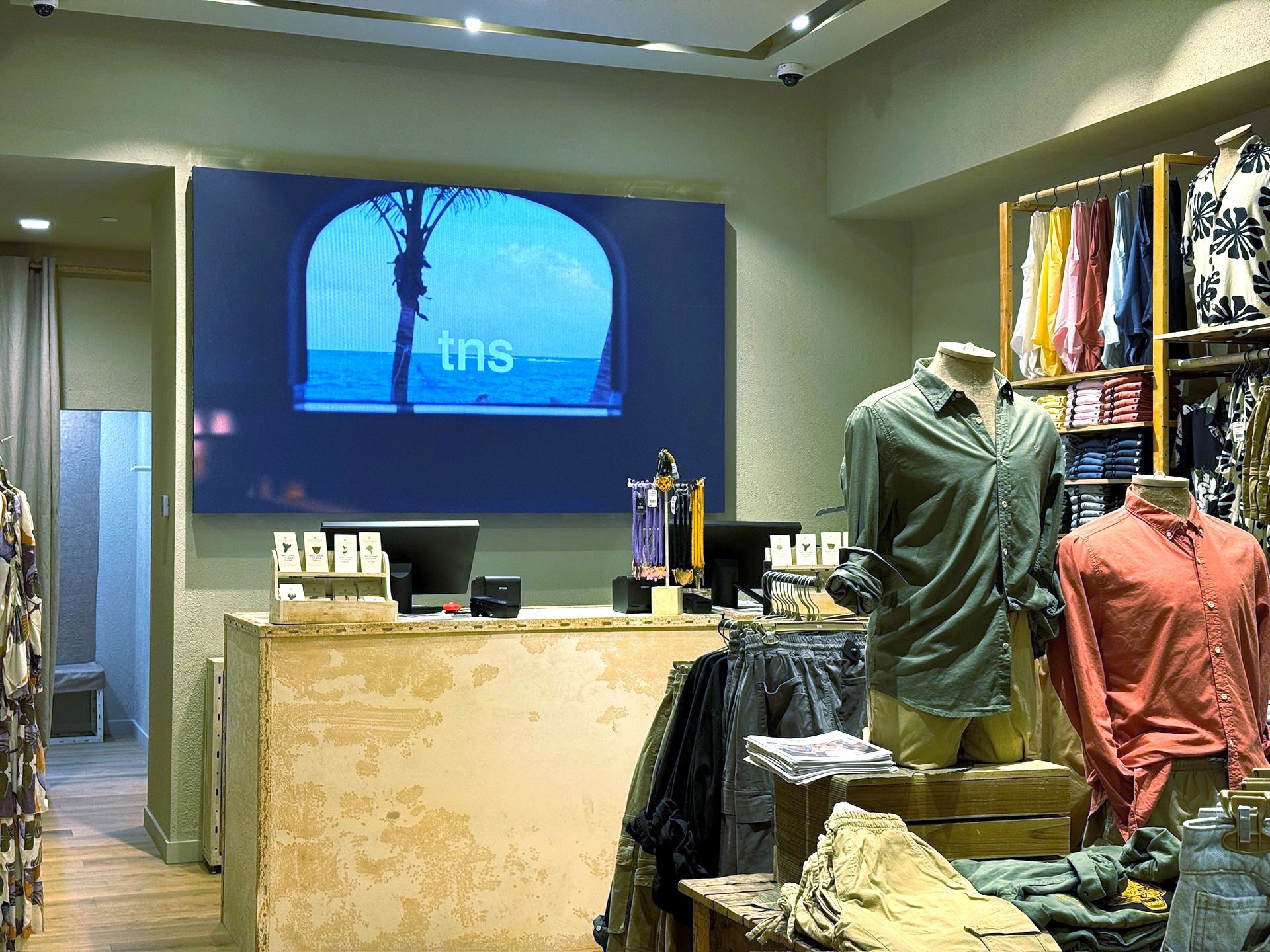Mastering Digital Menu Board Design: Boost Your Restaurant's Appeal and Efficiency
Crafting Effective Menus, Leveraging Psychology, and Embracing Trends for Success

In today's digital age, digital menu board design has become an integral and transformative aspect of any modern restaurant. It not only enhances the customer experience by offering dynamic visual interactions but also has the potential to significantly boost sales and service efficiency through quick updates and personalized promotions. In this blog, we will delve deep into the art of crafting an effective digital menu, the advantages of strategic menu design, and the profound influence of consumer psychology on your menu layout.
How to Craft an Effective Digital Menu for Your Restaurant
A well-structured menu can work wonders for your restaurant. Here are some key elements to keep in mind:
- Clarity: Your menu must be easily readable and comprehensible. Employ clear fonts and contrasting colors to facilitate legibility while maintaining a delicate balance between text and images.
- Organization: Arrange your dishes into logical categories, such as appetizers, main courses, and desserts. This simplifies the customer's search for their desired items, making their decision-making process smoother.
- Visuals: The incorporation of appealing photographs of your dishes can expedite decision-making and leave customers more satisfied with their choices. Ensure high-quality images that accurately represent your offerings, providing a tantalizing preview.
- Descriptions: A well-crafted description can make a dish sound more enticing. Be descriptive yet concise, aiming to evoke the flavors, textures, and cultural aspects of the dish. Keeping your menu updated with price changes and dish availability is also essential to prevent customer disappointment and maintain their trust.
The Benefits of Strategic Menu Design
A well-thought-out menu design can yield numerous benefits:
- Increased Sales: By strategically highlighting your most profitable or popular dishes, you can guide customers towards these options, ultimately boosting your sales and enhancing customer satisfaction.
- Enhanced Customer Experience: An easily readable and visually appealing menu can significantly improve the customer experience. Customers appreciate quickly finding what they're looking for and enjoying a visually pleasing presentation, which can set the tone for their overall dining experience.
- Operational Efficiency: By balancing the demand for different dishes in your menu design, you can prevent kitchen bottlenecks and ensure a smoother workflow. This leads to faster service and higher customer satisfaction, as they receive their orders promptly.
Leveraging Consumer Psychology in Menu Design
Consumer psychology plays a pivotal role in menu design. Here are ways to apply it effectively:
- Color Psychology: Colors can evoke specific emotions and responses. For instance, red can stimulate appetite and excitement, while blue has a calming and trust-inducing effect. Carefully select colors that align with your brand and the dining experience you wish to offer.
- Element Placement: Studies have shown that customers tend to first look at the top right of a menu, so consider positioning your most profitable or popular dishes there to maximize their visibility and appeal.
- Pricing Strategies: The way you present prices can influence customers' perception of value. For instance, removing currency symbols can make prices appear lower, while using descriptive pricing can make the value of a dish more apparent.
Understanding and applying these principles enables you to design a menu that not only looks enticing but also guides customers towards options that benefit your business.
The Latest Menu Design Trends and Their Impact on Your Business
Staying updated with the latest trends can help keep your menu fresh, relevant, and ahead of the competition. Here are some current trends to consider:
- Digital Menus: The advent of digital menus offers greater flexibility and efficiency, as changes can be easily made to reflect price adjustments, ingredient changes, and special promotions. Interactive elements on digital menus, such as touchscreens or QR code integration for mobile access, can elevate the dining experience further.
- Sustainability: An increasing number of customers value sustainability and eco-conscious choices. Consider highlighting dishes that use local or sustainably sourced ingredients to resonate with environmentally conscious diners.
- Personalization: In the era of customization, customers appreciate the ability to tailor their orders to their preferences. Consider offering customization options on your menu, such as ingredient substitutions or portion sizes.
By adapting to these trends, you can keep your restaurant at the forefront and attract a diverse clientele with varying expectations and preferences.
In summary, crafting an effective digital menu entails more than merely listing dishes; it requires thoughtful consideration of consumer psychology, a clear strategy, and an awareness of the latest trends. By implementing these principles and staying attuned to the evolving landscape of menu design, you can create a menu that not only delights your customers but also benefits your business in terms of increased sales, operational efficiency, and long-term sustainability.
